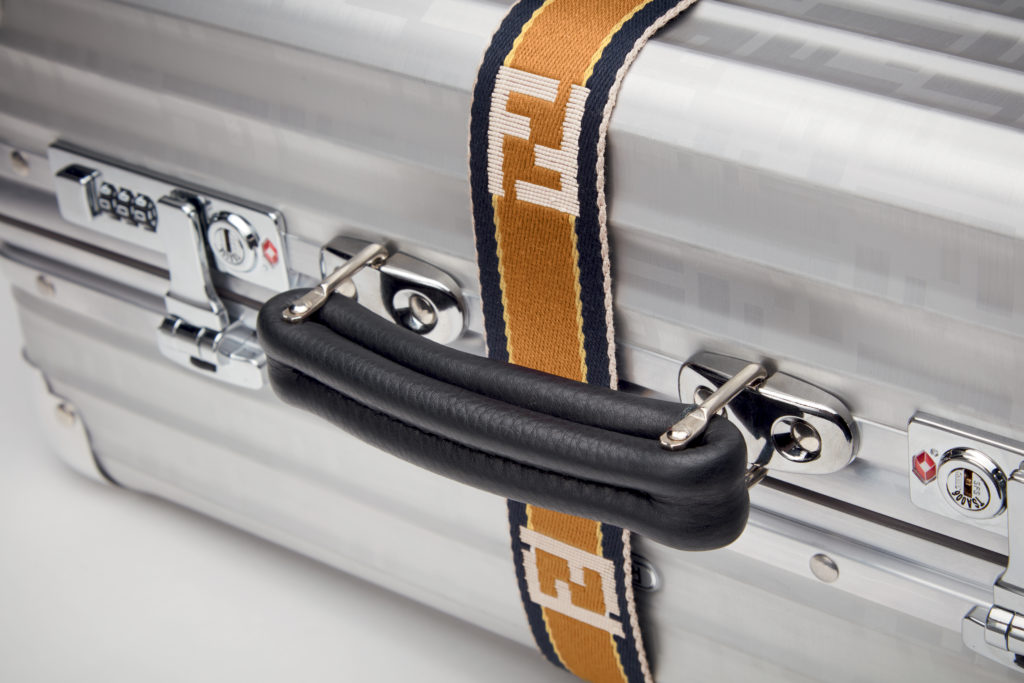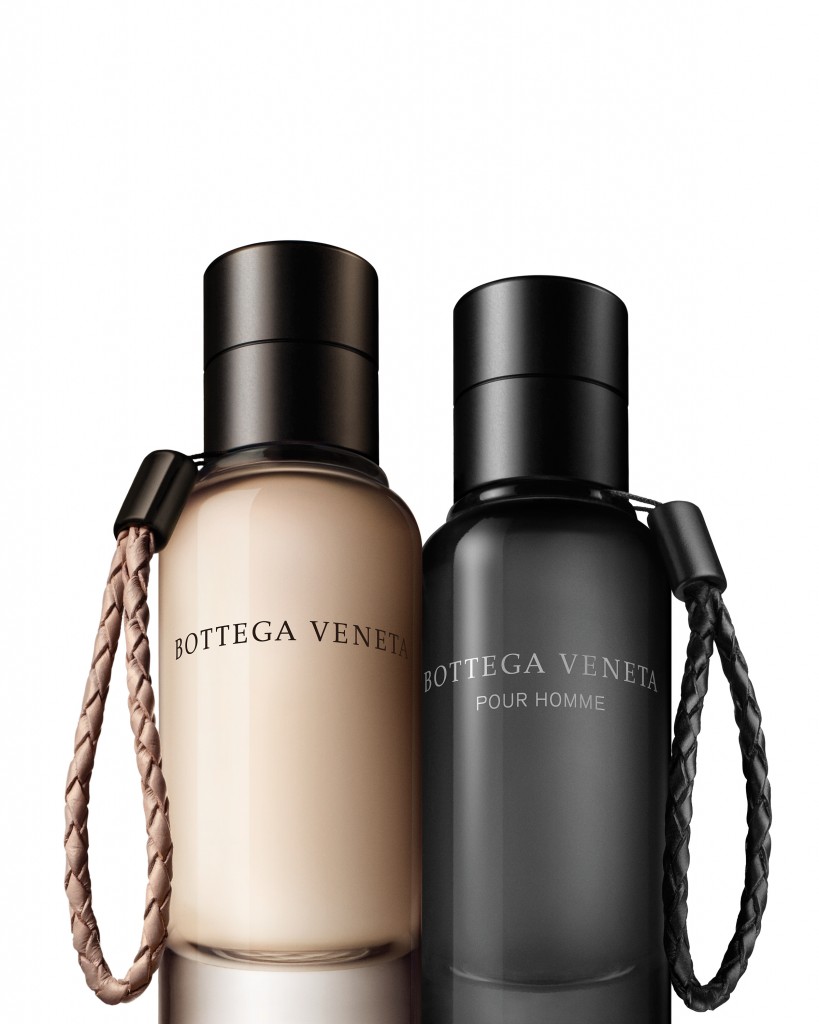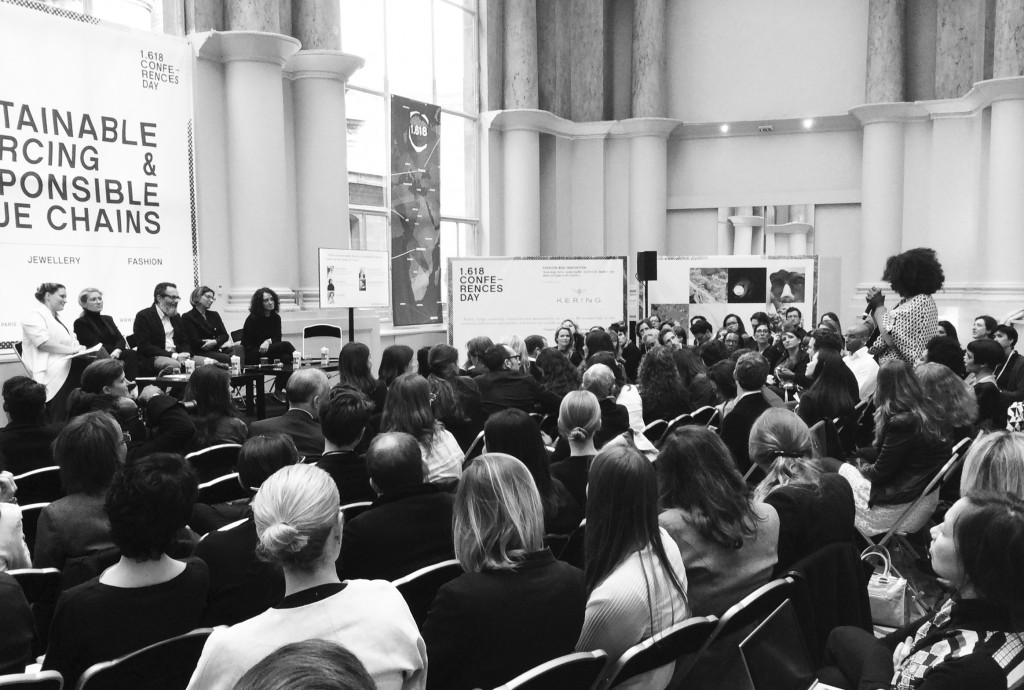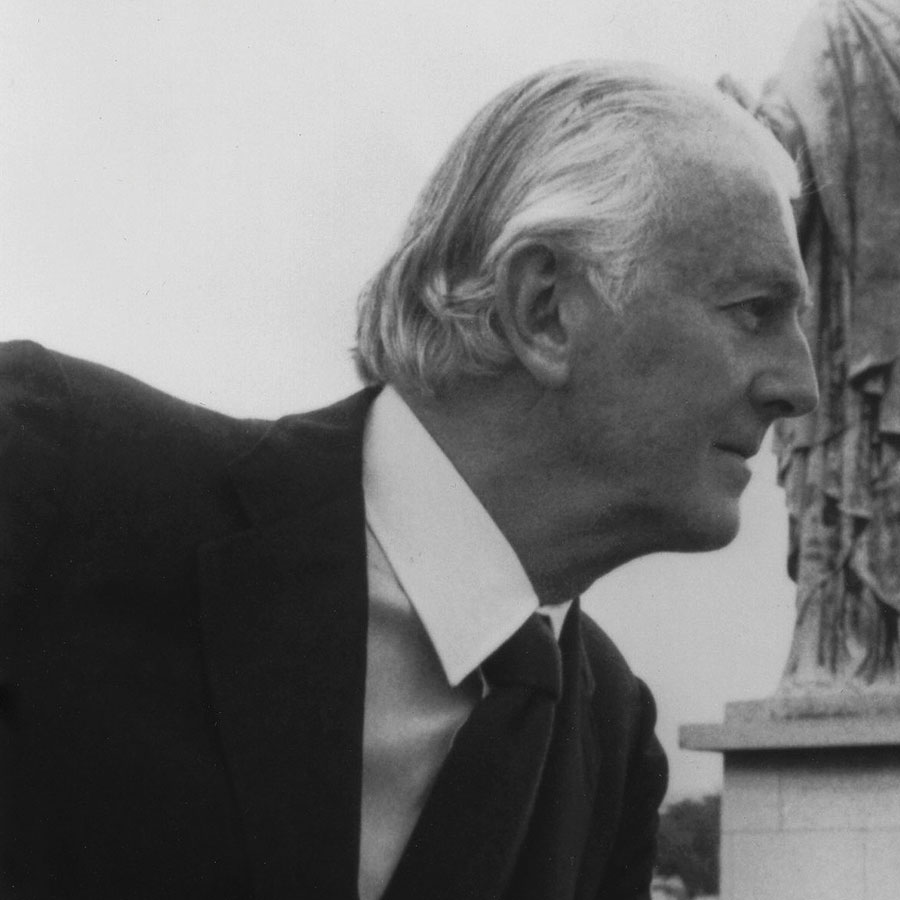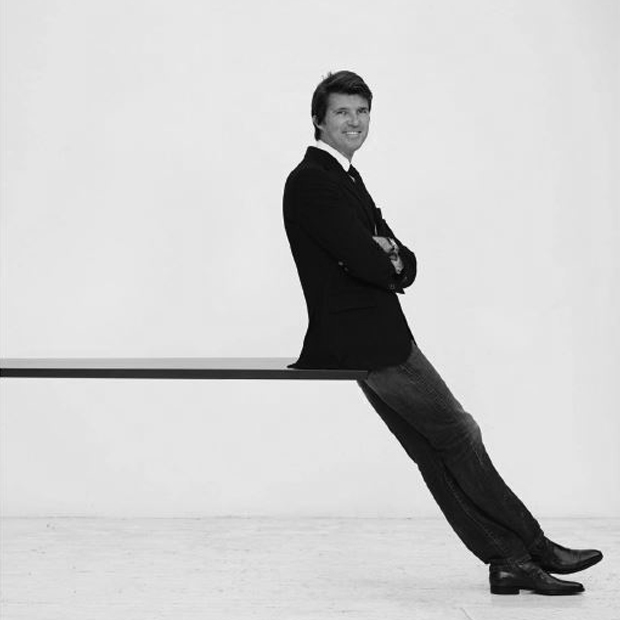
PAUL EMMANUEL REIFFERS ON ART & LUXURY
By Crash redaction
INTERVIEW BY ARMELLE LETURCQ
www.mazarine.com
SEASONED BUSINESSMAN, AD MAN AND NOW ART COLLECTOR PAULEMMANUEL
REIFFERS, FOUNDER OF THE MAZARINE COMMUNICATION
GROUP, RECENTLY ORGANIZED AN IMPORTANT CLAUDE LÉVÊQUE
EXHIBITION. HE ALSO TOOK A TIMEOUT WITH US TO SHARE HIS PASSION
FOR ART AND HIS THOUGHTS ABOUT HIS COLLECTION.
You created an ad agency devoted exclusively to the luxury market. This may seem like an obvious
choice nowadays, but it was a lot more complicated even a few years ago… But why have you taken
an interest in art?
I’ve been a contemporary art enthusiast since I first started the agency in the 1990s. You can’t
work in the luxury world without being close to contemporary art and artists, too… Because
artists are always a step ahead of us. They keep us moving forward. For me, art is a passion, a
virus. And as soon as I launched my agency, my first returns either went back into the agency or
into art. I’ve always been an investor. And now I’m also building a design collection. I like
having paintings, especially in an environment where there is life, objects, a table, a chair… An
environment that nourishes you as a person and helps you grow.
So your interest in art started as a personal thing that was unrelated to your agency?
Completely personal. And now it’s associated with my company, because as soon as I had the
chance to work with institutions like the Palais de Tokyo, I did it. At the same time we organize
exhibitions relating to our own environment. Once a year we organize an exhibition with an
artist who’s important to our agency, as we recently did with Claude Lévêque. Our mission is not
to discover new talent, since galleries are in a much better position to find new artists: it’s their
business. Instead we try to bring art into the office, to connect it to people’s daily lives. What I
find exciting is to bring in important artists and introduce them to people outside the
microcosm of the art world. The exhibition was open all night during the Nuit Blanche event,
where we had 500 visitors. And then it was open during all three days of the Fiac.
Do you always play an active role in selecting artists for exhibitions?
I choose the artists, so I’m always very involved and I devote a lot of time to it. I try to locate
artists and galleries with a style I like. I trust the galleries. As a collector, I still have a lot of
trouble saying no to pieces I fall in love with… I like to think about it well in advance, for at
least three months or so, and then I buy it the next time I see it. At first I didn’t have any clear
strategy, but now I’m trying to organize a consistent collection.
Around any specific theme?
I don’t really like themes… I try to structure my acquisitions by period. I’m interested in a lot of
things going on in America: the new Los Angeles scene and also New York. I like the dialog
between older artists and young contemporary artists. And I can just as easily buy a work from
the 1960s as one made by a brand new artist. I bought a Soulages a long time ago and I’ve been
wanting to pair it with a Sterling Ruby painting. I also like Matthew Day Jackson. The things he
creates are very powerful. I bought a black skeleton at the FIAC art fair. I also like art that
references what you might call “African” art, as Basquiat’s work does. I just purchased a young
American, Rashid Johnson, who put together a magnificent exhibition at Hauser and Wirth in
Zurich. I also like buying from the big galleries, especially Kamel Mennour, Xavier Hufkens,
Hauser and Wirth, Yvon Lambert where I recently purchased several Douglas Gordon works. I
also like Emmanuel Perrotin a lot: I’ve collected the entire Murakami school! Now I’m looking
for something else. I collect younger artists, but I try to get the strongest pieces.
Are you also interested in French artists?
I like Claude Lévêque a lot, of course! He’s an artist with a long career, like Tatiana Trouvé,
whom I also adore. I bought a rock she covered in padlocks and exhibited at the Palais de Tokyo!
While I do like a few French artists, I think nowadays to succeed you need to be motivated and
have a country that pushes you to do more, and unfortunately France doesn’t offer much
support for artists. But luckily a new scene is starting to emerge! I love artists like Latifa
Echakhch, Adel Abdessemed and Loris Gréaud, as well as certain more emblematic artists,
like Buren!
At the same time, you don’t advertise your collection much…
But I’m going to start! I’ve got a very exciting project: find a place and organize exhibitions,
because I must have about a hundred works… I used to collect mostly classic pieces, like Anish
Kapoor, but you can find them anywhere so you lose interest. It confers a certain status but it’s
not really emblematic. Some people may buy a Christopher Wool and a Jean Prouvé table and
be happy with that! But that’s not what I’m interested in. I want to do things differently. Before,
if I bought a young artist’s work, I would buy something else for reassurance. Now I want to
build something cohesive, like the American scene. I’m going to collect about fifteen pieces I
like and then I’ll move on to the French scene. Every year I make the decision to invest in art.
Back to luxury for a minute… You must have a lot of perspective on the industry since you started
twenty years ago. How do you see it developing in the future?
With the planet growing by so many million people every year, I think wealth is growing at an
unprecedented rate. One trend I notice today is internationalization, and it’s happening in the
art world, too. And with the communications tools at our disposal, we can now reach a global
audience. There are local differences, of course, but information is global. As soon as one
country releases a new technique or product, the whole world knows about it.
Isn’t this a bit contradictory in the luxury industry?
No, not at all! I think consumers are reaching a point where they know the market and they stay
up to date, so there’s no deceiving them. They’ll buy a luxury product because real creative work
went into it (it’s no accident that brands have artistic directors), even in jewelry and watches. Of
course, the watches that sell the best are the ones with an iconic design. Like Rolex, or like the
Porsche 911 in cars. We buy creative work. If a product isn’t creative, it won’t sell. Next you need
to be able to produce extremely well-made products: you need an atelier, know-how, and
technique. And, in the end, that’s what a luxury brand offers. If it can maintain all these criteria
of creativity and quality, it will dominate its market. In France, the luxury market also helps
preserve high-value-added skills and techniques, which will be lost if we underpay these people.
It’s important to keep your creative talent at their best. There are more and more wealthy
people in the world, whereas China, Russia, and many other countries were closed in the past.
All these markets help to keep our techniques and skills alive.
How do you see creativity and image developing in the luxury market?
Luxury brands are more and more demanding in terms of creativity and new concepts. The
stakes are so high that they need smarter professionals. The same goes for our agency, which is
why I was saying we need to move forward. When big things happen, you need a big
organization. And when you need to hire 300 people to put together a fashion show, you need
them to be trained and know what to do. You need to have a lot of clients so you can always
keep the best ones. You need ateliers that work for you. You need to attract the best
professionals… Luxury makes sure that even the best always have room to grow.
Interview from Crash #66







